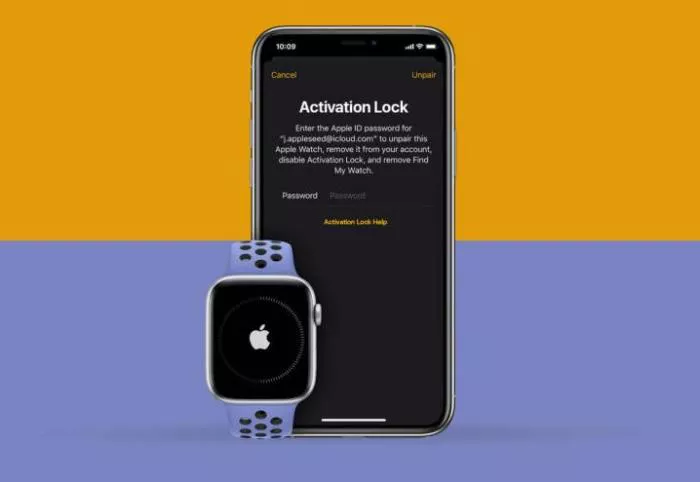Apple’s Activation Lock is a critical security measure designed to prevent unauthorized use of lost or stolen Apple Watches. However, if you’re selling, trading in, or giving away your device, failing to disable this feature can leave the new owner unable to set it up. Here’s what you need to know about removing Activation Lock properly.
What Is Activation Lock?
Activation Lock automatically engages when you enable Find My on your Apple Watch. It ties the device to your Apple ID, requiring your credentials to:
- Disable Find My
- Unpair the watch from your iPhone
- Pair it with a new device
This security layer deters theft but becomes problematic if not removed before transferring ownership.
When Should You Remove Activation Lock?
Disabling this feature is essential in several scenarios:
Selling or gifting your watch: The new owner cannot pair it without your Apple ID credentials.
Trading in for credit: Most trade-in programs, including Apple’s, reject locked devices.
Sending for repairs: Apple and authorized service providers require Activation Lock to be turned off.
Resetting for personal use: A clean setup avoids login issues during reconfiguration.
How to Check if Activation Lock Is Enabled
Before proceeding, verify whether the lock is active:
- Open the Watch app on your paired iPhone.
- Tap All Watches (top-left corner).
- Select the i icon next to your watch.
- Look for Find My Apple Watch—if present, Activation Lock is on.
What If You Bought a Locked Used Apple Watch?
If a second-hand watch is still activation-locked:
- Contact the seller and request they remove it via iCloud.
- Avoid scams: If the seller refuses, Apple Support cannot bypass the lock without proof of purchase.
Final Advice for a Smooth Transfer
Activation Lock ensures security but can render a watch unusable if not properly disabled. Always unpair your device and remove it from your Apple ID before selling, trading, or servicing it.
Have you encountered issues with an activation-locked Apple Watch? Share your experience in the comments.


